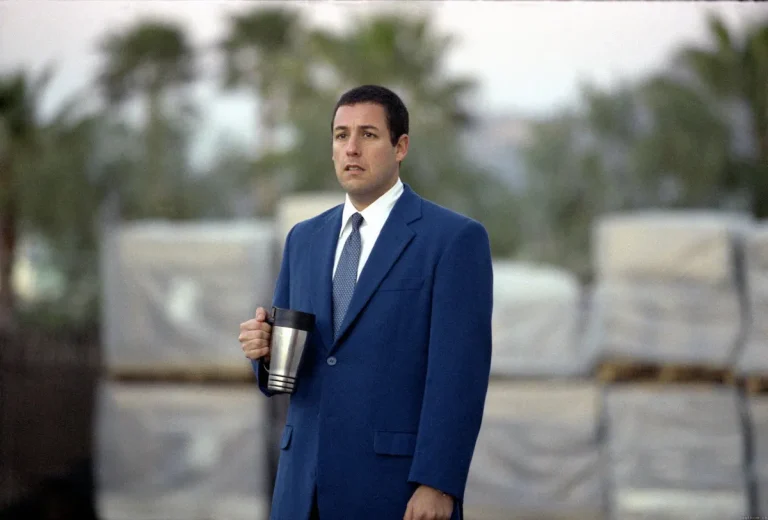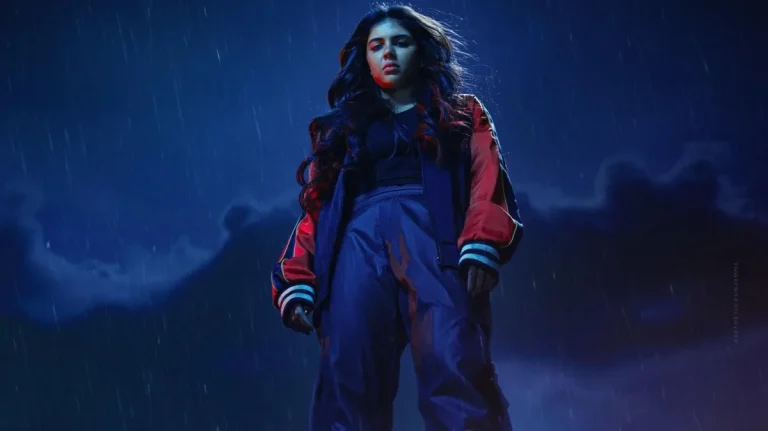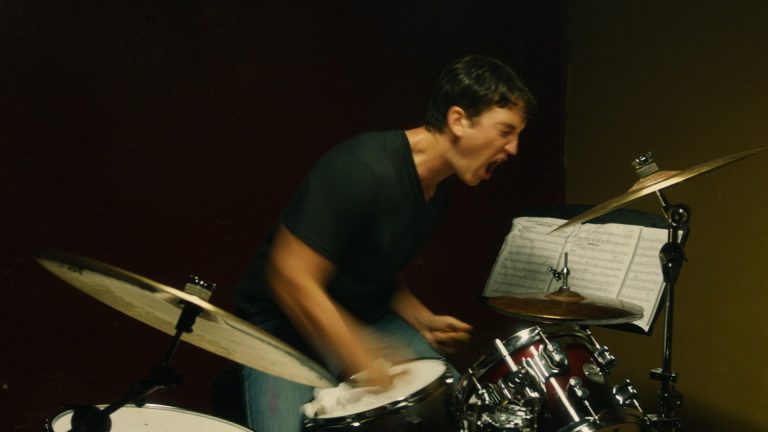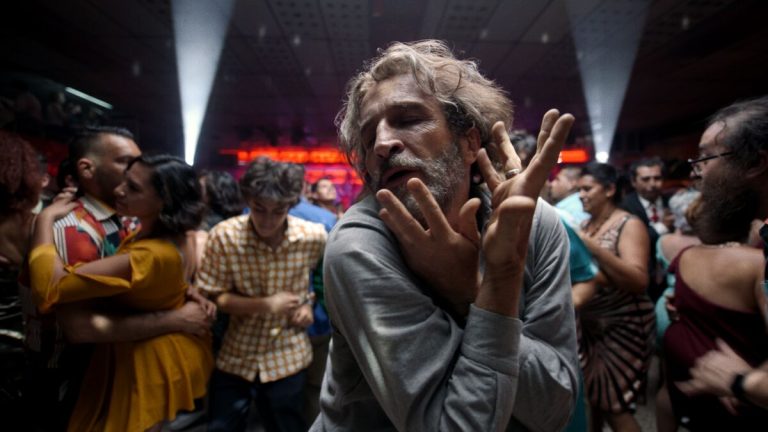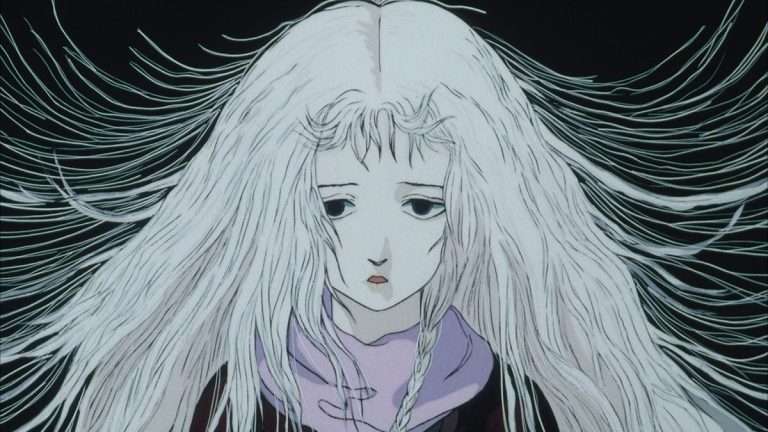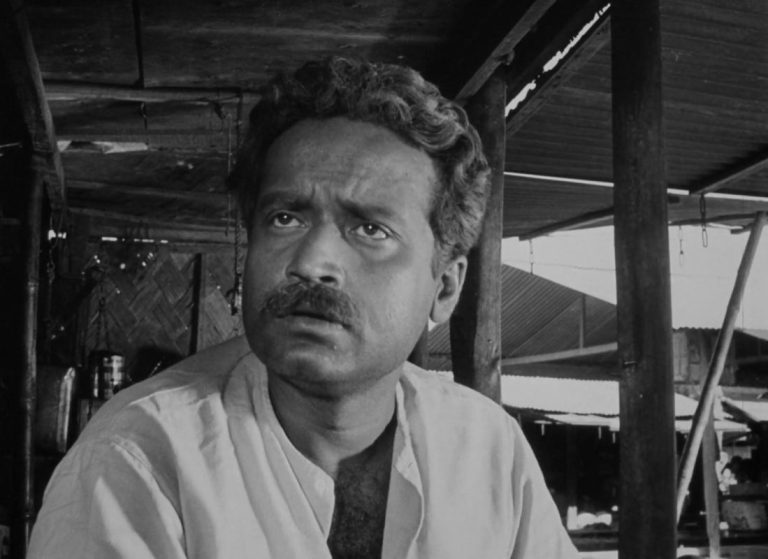Family businesses have always circulated in Hollywood and served as an inspiration for the general public. Celebrity families like the Kardashians serve as easy brands for people to become invested in. In the early 90s, the Wayans Brothers joined this subgenre of entertainment by introducing their sketch comedy show, “In Living Color.” Made up of Keenan, Shawn, Damon, and Marlon Wayans, the brothers followed up the television show by launching a slew of projects that are still referenced in pop culture today. From production companies to traditional sitcoms, the Wayans have garnered so much success that they have cemented a role in the comedy zeitgeist. With over a dozen films and strong cultural relevance, it is a wonder exactly what has made the group of brothers so successful and how they built a career that allows them to make movies that are admittedly unsubstantial.
“In Living Color” Launched in 1990, preceding iconic sketch comedy shows like “Mad TV” and “Chappelle’s Show.” “In Living Color” didn’t have a lot of source material to work off of, forcing it into creativity that gives audiences the first insight into the Wayans Brothers’ style of humour. Subtlety and high-brow were not qualities the team was particularly interested in embodying in their work. Their sketches were over the top with visual gags and a gradual buildup in tone that would end the bit in an outrageous manner. While some pieces of comedy have a steady tone or direction their bits are going for, almost every sketch in “In Living Color” progressively got more and more absurd.
There would be a kernel of an idea, such as a man being on a blind date with an ugly woman, or a little girl going to an audition, but the Wayans made sure the audience would see just how far these actors would go to keep the audience entertained. There was also an added element of explicit racial humour that they were not afraid to create. Controversial jokes that are focused on social commentary aren’t a new concept for comedy, but the Wayans Brothers had such a specific brand that spearheaded their work. The cast of “In Living Color” was primarily black and featured black artists as performers. The show felt so engulfed in the culture because the racial influences and references existed without acknowledgement most of the time.
In other comedy shows, any plot point or joke having to do with race is isolated from the show’s branding as a whole, but in “In Living Color,” characters spoke in African American Vernacular and referenced Grace Jones without fear that the audience would be lost or isolated. This tone has also been successful with “Abbott Elementary”, a show with a primarily black cast that takes place in a school with mostly black children. Much like “In Living Color,” the show acknowledges race but doesn’t overexplain its existence. Because they utilized this concept, the Wayans Brothers began to create a sense of humor that had a “for us, by us” sentiment that was widely appreciated.
Read: 10 Underrated Hollywood Movies from the 90s
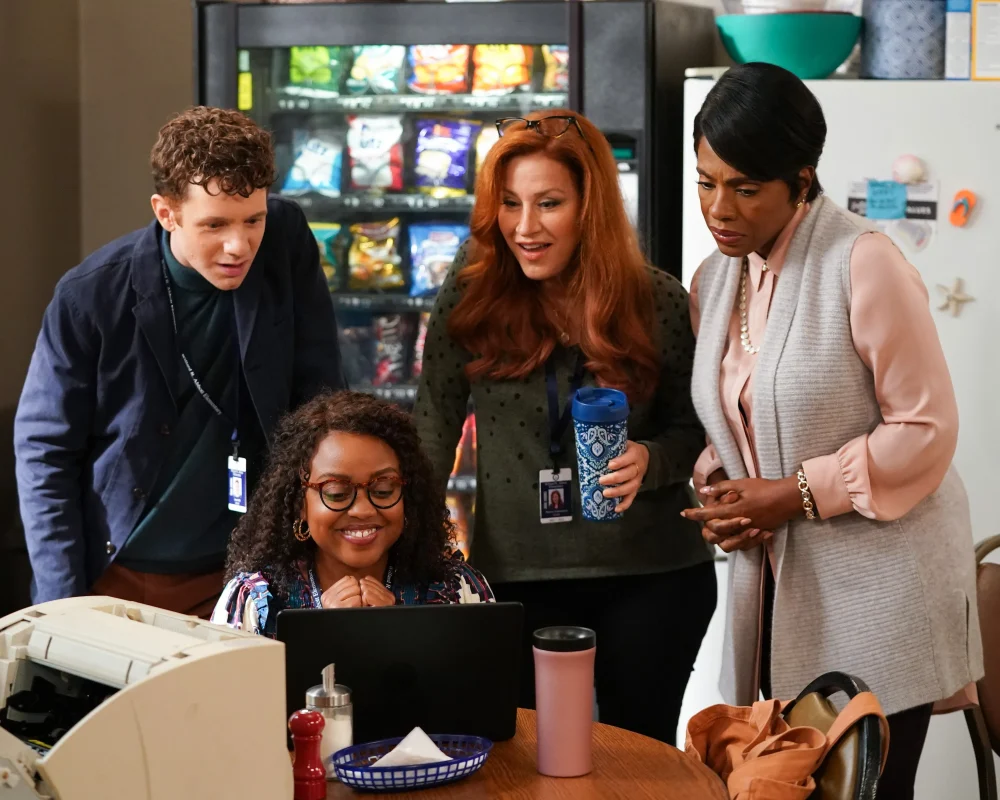
After In Living Color’s four-year run, The Wayans Brothers had a booming filmography. They primarily started off with niche movies that are primarily beloved in the black community, like “Don’t Be A Menace,” “Blankman,” and “Major Payne,” but eventually started to create movies that would be considered comedy classics amongst general audiences for decades to come. The first of these contributions was “Scary Movie,” released in 2000. The concept of “Scary Movie” was simple; it would parody popular horror films and play off of cliches and gags that audiences have become familiar with over the years. Coming fresh off a decade with iconic ’90s horror movies like “Scream” and “I Know What You Did Last Summer,” there was plenty of source material to work with and in a genre that didn’t get parodied that often, if at all.
Movies like “Austin Powers,” “Naked Gun,” and “Airplane!” proved that action parody movies were popular, but the Wayans Brothers translated that same form of entertainment to horror films, hence the very simple title “Scary Movie”. Their experiment proved to be a success and blossomed into a five-film franchise with a sixth installment coming even after 25 years. Despite the franchise being an overall success, it still stays true to having specific humour targeted towards black audiences, which was not necessarily seen in the parody genre up until this point. Movies like “Blazing Saddles” and “Airplane!” included racial humour, but their creators were white, which leads to the recurring theme of the Wayans Brothers exemplifying prioritizing the black audience in their work. The most interesting way they played with this trope, however, occurs in their subsequent film, “White Chicks.”
The impression “White Chicks” has left on 2000s comedy simply cannot be overstated. In 2004 (the year the movie was released), affluent white women who fall into the airhead stereotype captured the attention of the public, with figures like Paris Hilton and Jessica Simpson being splashed across tabloids and heavily parodied. This demographic could not be more of a contrast to what the Wayans Bros were known for, allowing the concept for this movie to practically write itself.
Two Black FBI agents pose as wealthy white daughters as a part of a secret mission, and as a result, need to learn the mannerisms and behavior of a stereotypical rich white girl. The blend of juxtaposing characters, however, is not the sole impressive thing, but rather that the movie resonated with the very people it made fun of. Again, the culture started to critique the trivial nature of rich white women and, by proxy, white women in general, which almost caused the embracement of the stereotype.
Check Out: Still Relevant After All These Years: How “Reality Bites” Captures 90s Nostalgia and Gen X Struggles
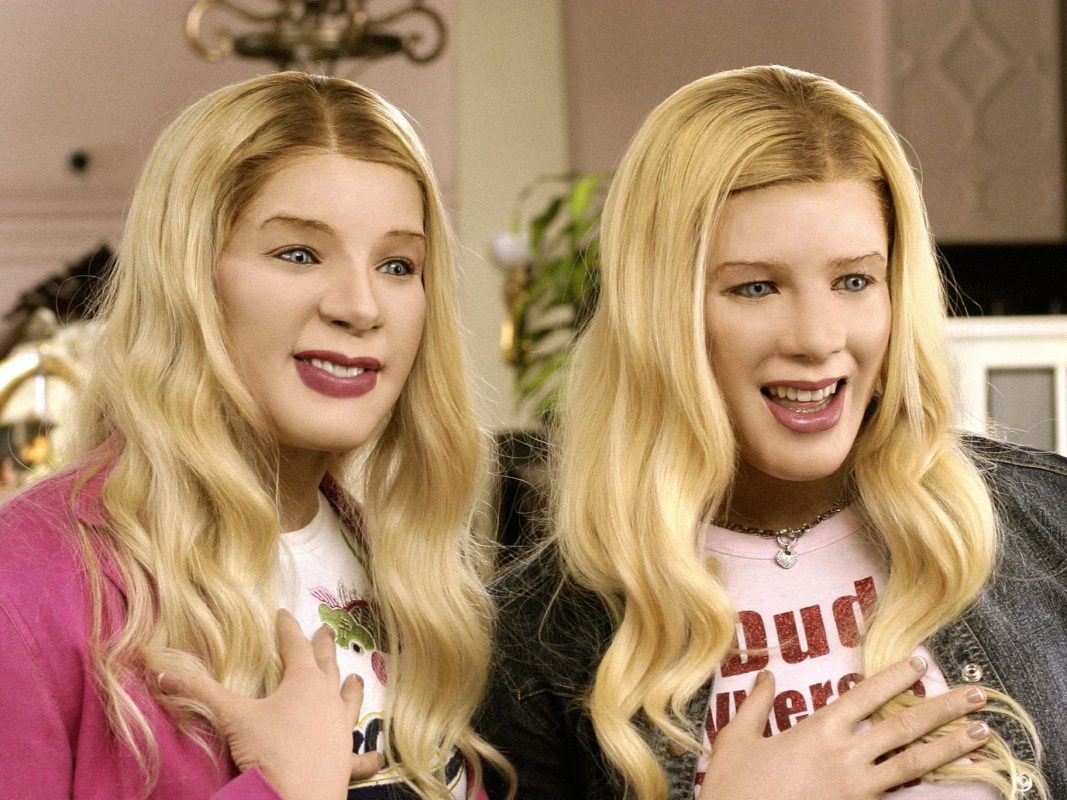
Today, the terms used to describe this kind of woman would be “basic” or “bimbo,” indicating a sense of unoriginality and shallowness. While these are negative descriptors, they were associated with high-status women in the public eye, leading to everyday white girls leaning into the stereotype. This could be seen in the growing success of reality shows like “The Simple Life” and the “Anna Nicole Smith Show.” This meant that by the time “White Chicks” came out, people were ready to lean into the fun, again allowing The Wayans Brothers to bring Black and general audiences in together for a good laugh.
Interestingly enough, “White Chicks” was the last lasting success the Wayans Brothers have had. While they have followed up with a handful of movies since “White Chicks,” none of them have been nearly as successful in terms of box office gross or lasting impact. Despite this, however, the Wayans Brothers still have a cemented respect in the industry. A lot of their admiration stems from their dedication to the craft and never turning their back on black audiences amid success.
It has almost gotten to a point where their reputation is so strong that people go to the theaters to support them no matter what, which is why they were able to make so many mediocre films over the years. This admiration was most recently observed when Marlon Wayans was cast in Jordan Peele’s latest production, “Him.” Audiences everywhere were excited to see the actor take on a new and interesting role because even after all these years, he holds a special place in people’s hearts.
The Wayans Brothers have managed to leave a positive impression in entertainment, largely attributed to their commitment to culture and not refining their work to strictly meet the masses’ interests. They have had a consistent dedication to making people laugh and managed to stay true to their sense of humour without being redundant. While they have had questionable content released over the years, it has never deterred people from embracing their work and remaining fans. When it comes to being for the culture, these brothers have been dedicated to keeping it in the family and bringing the community in on the joke.


